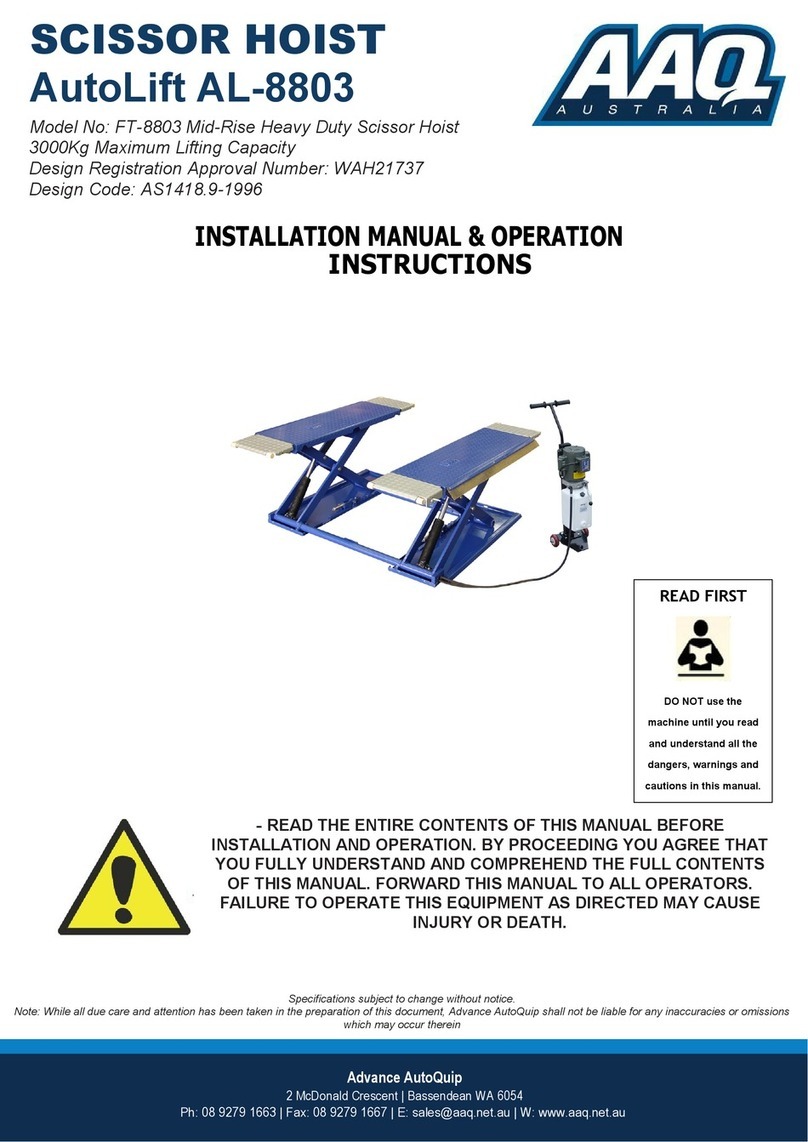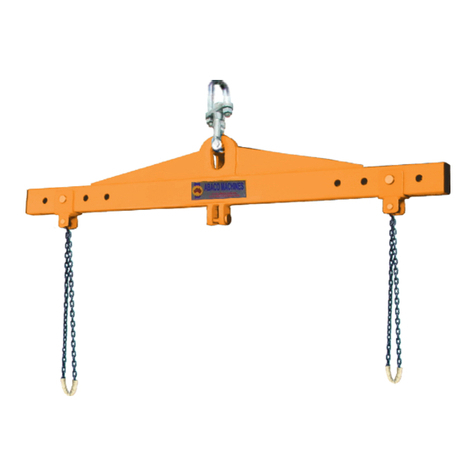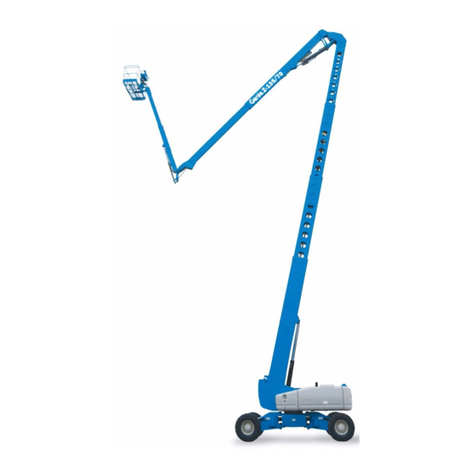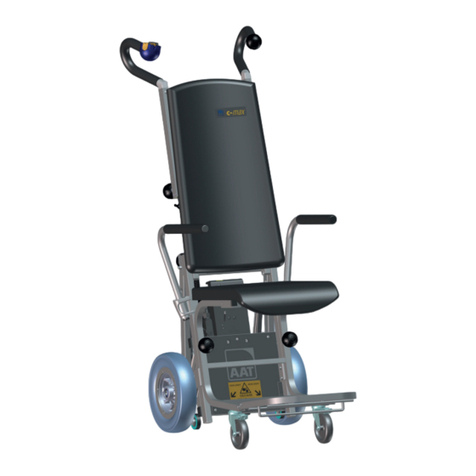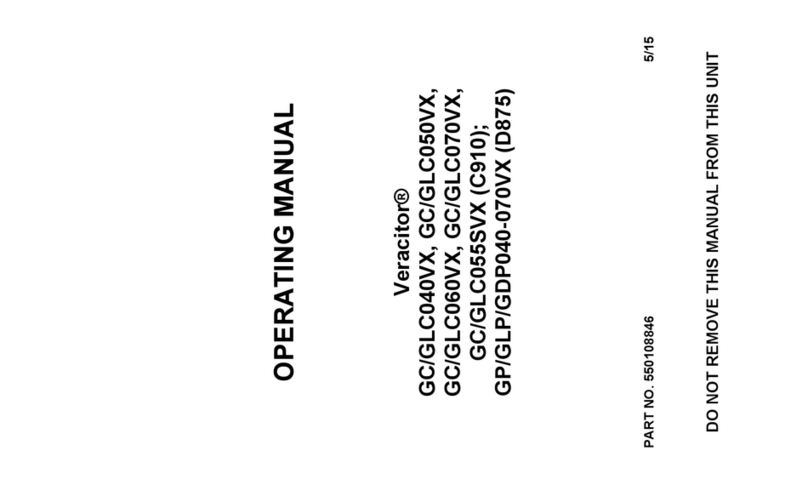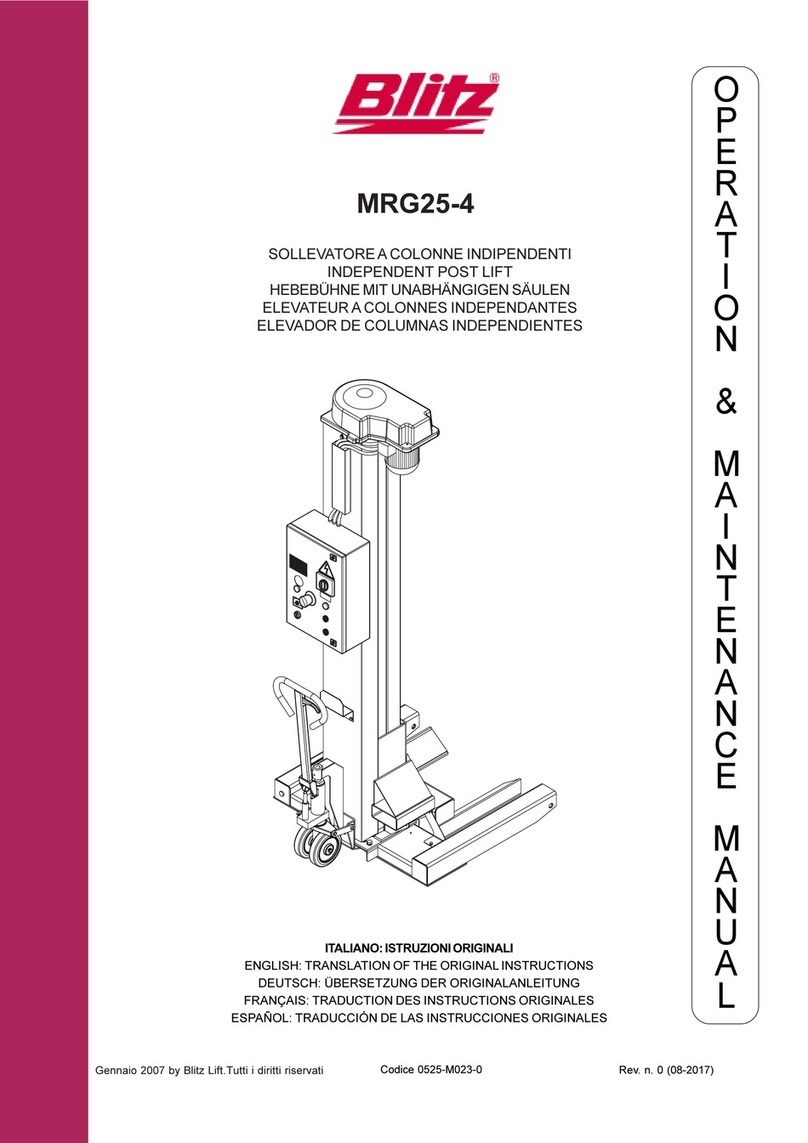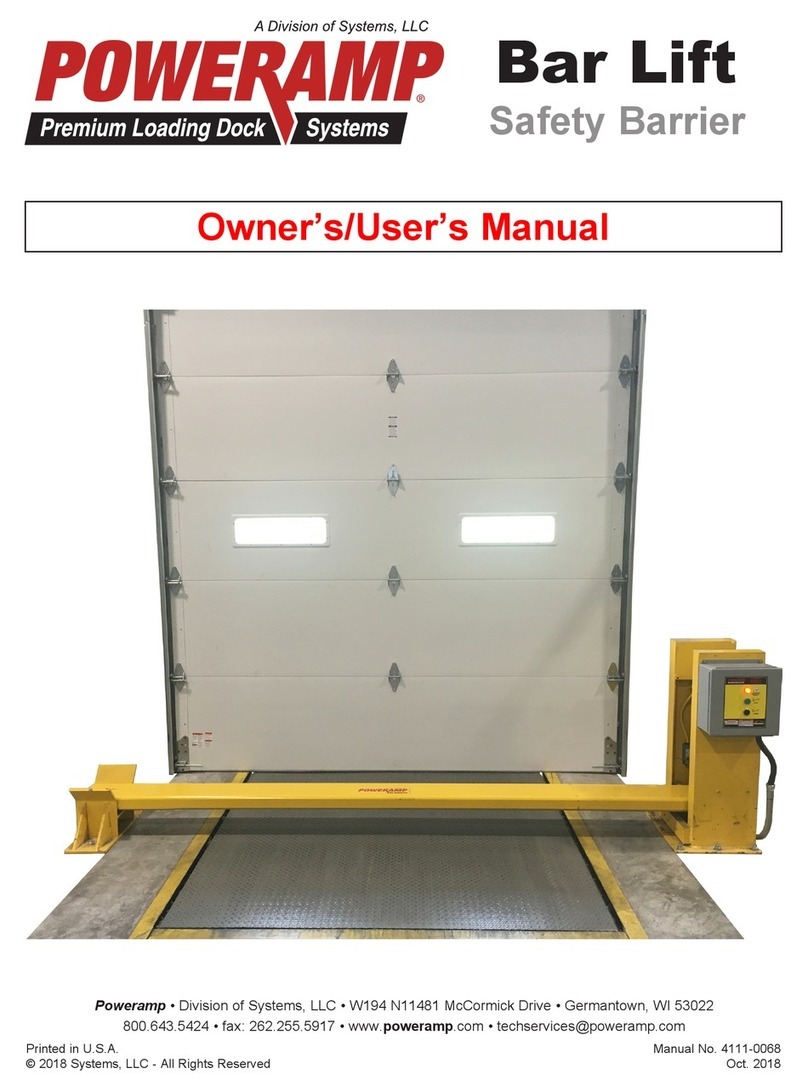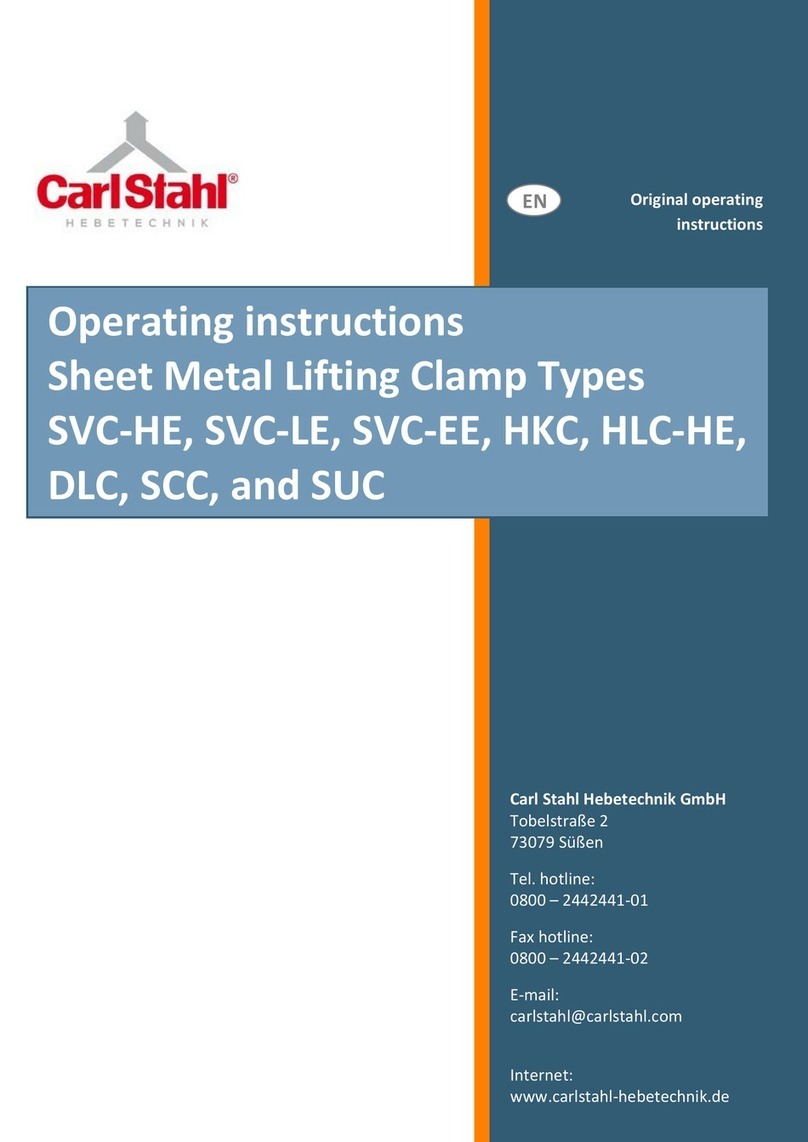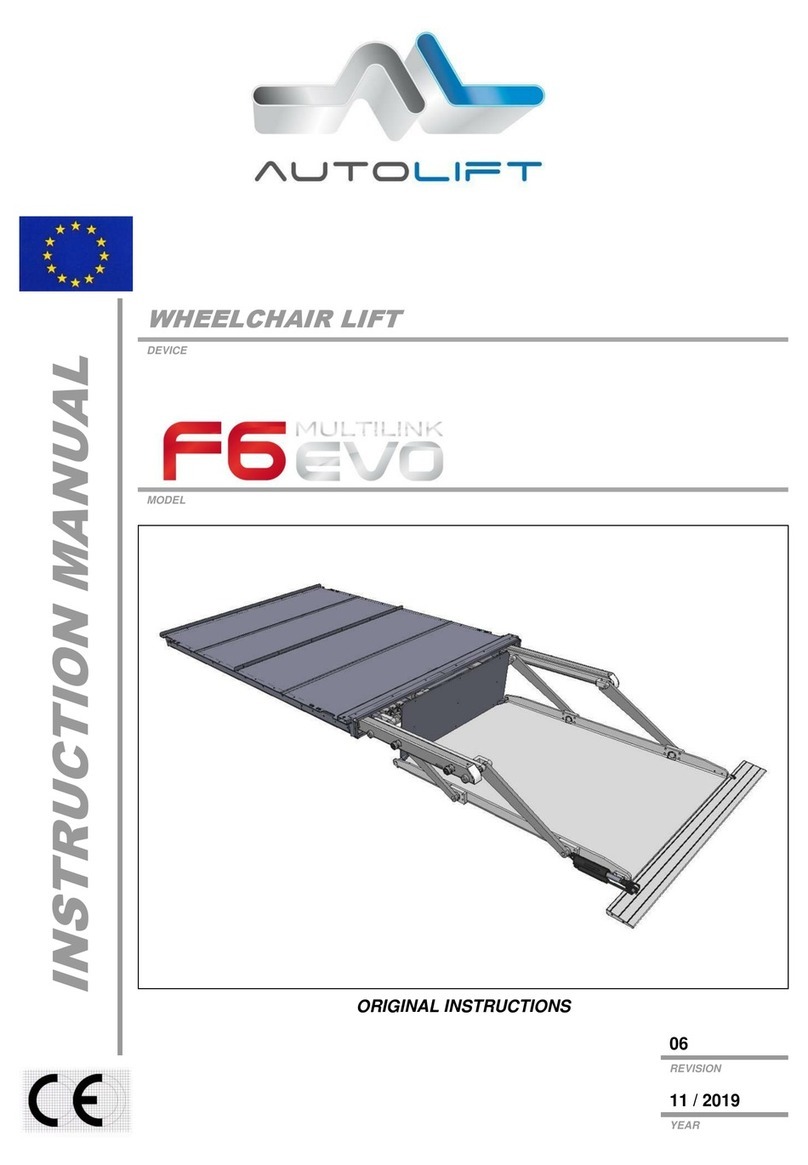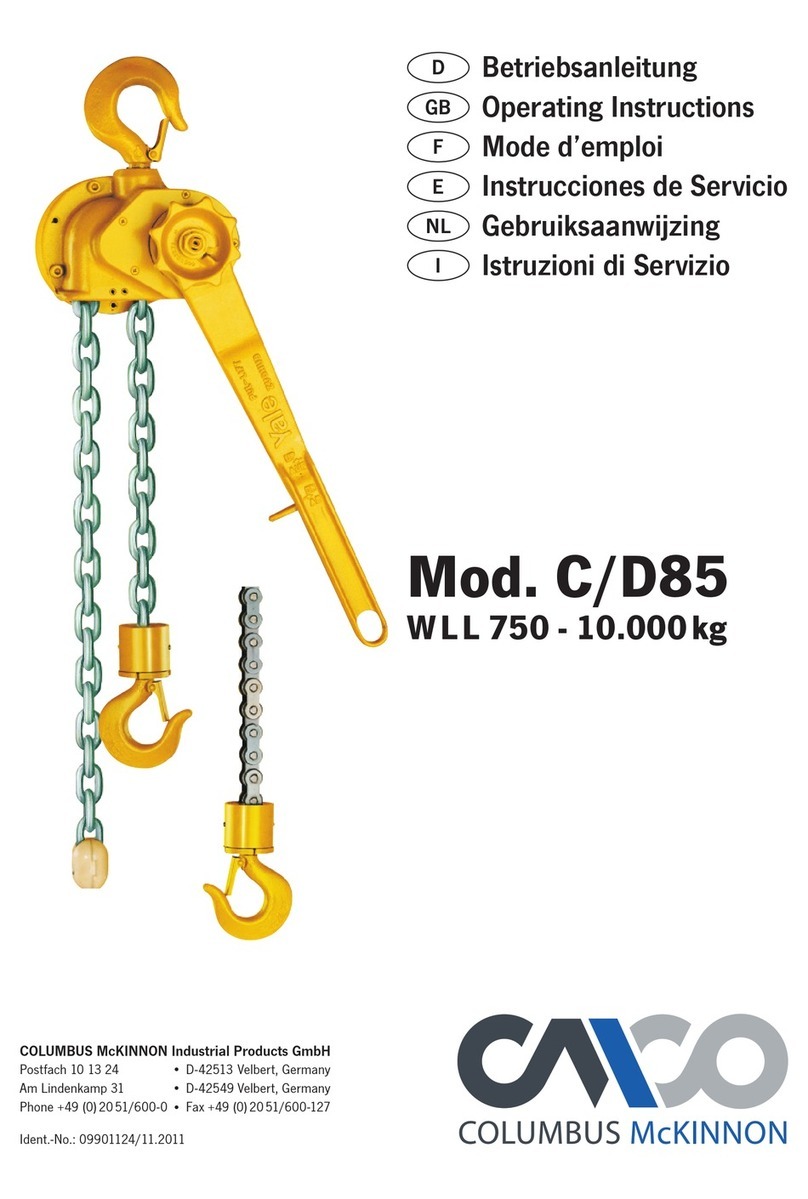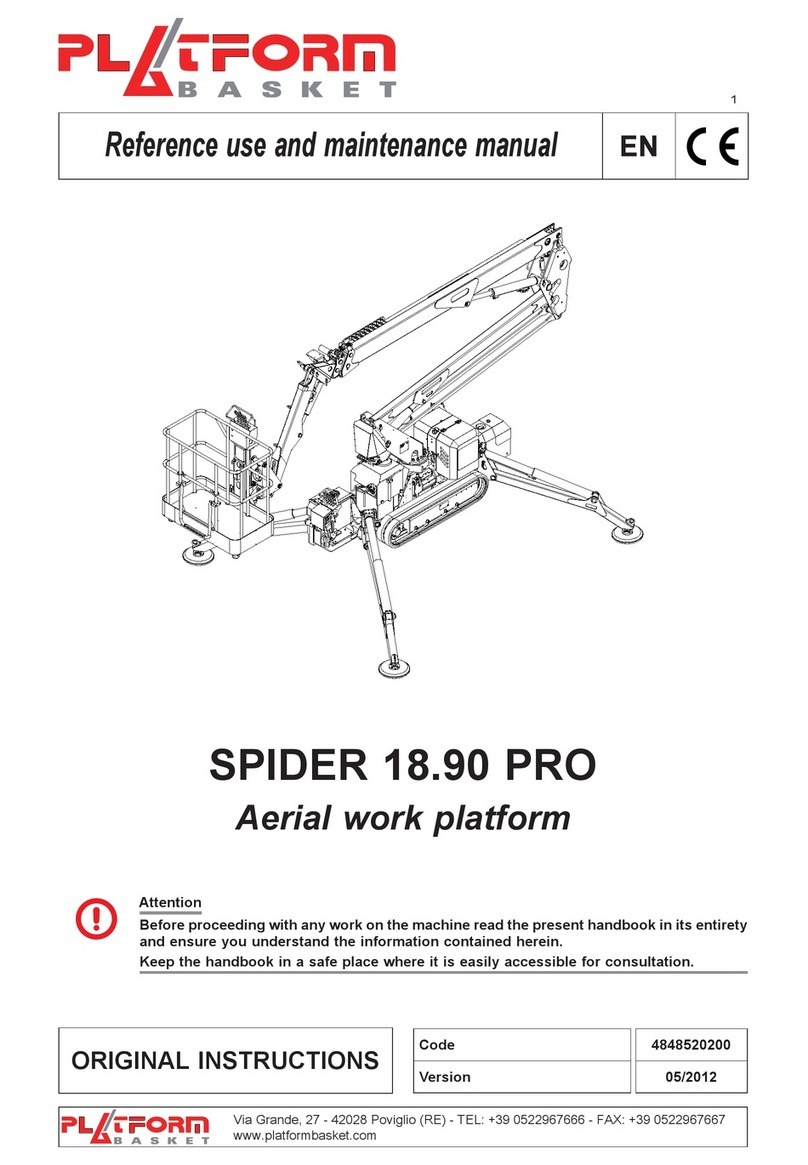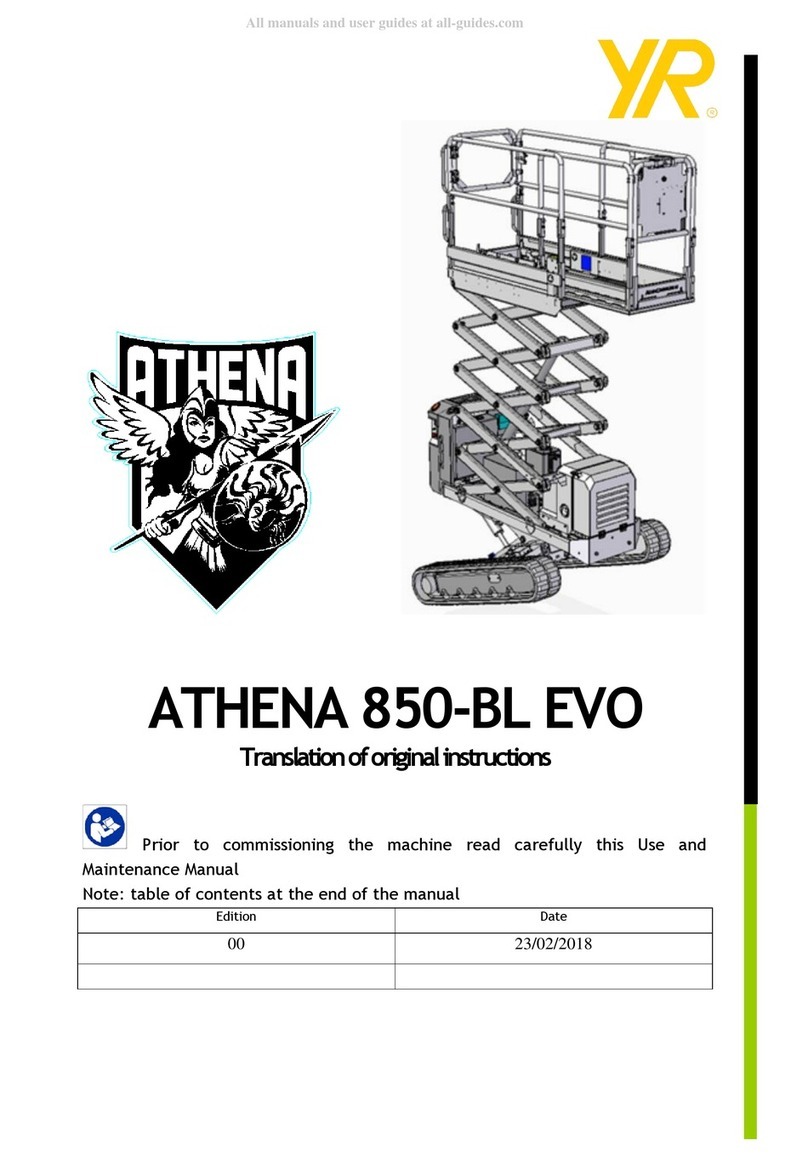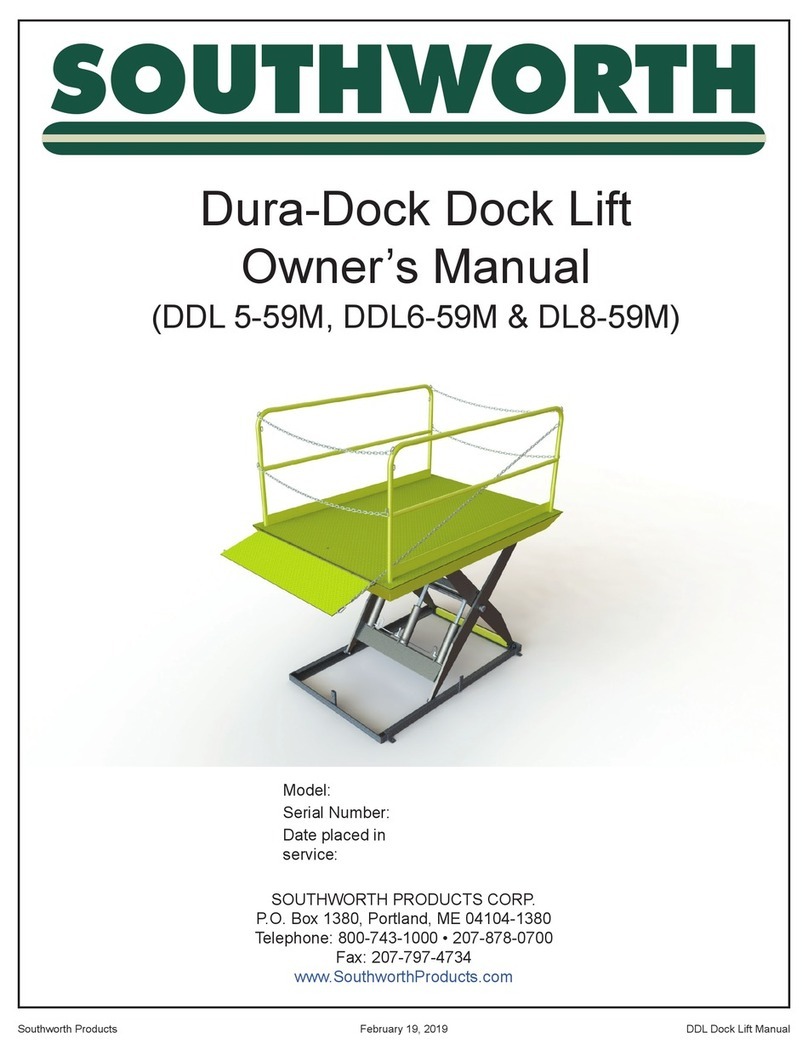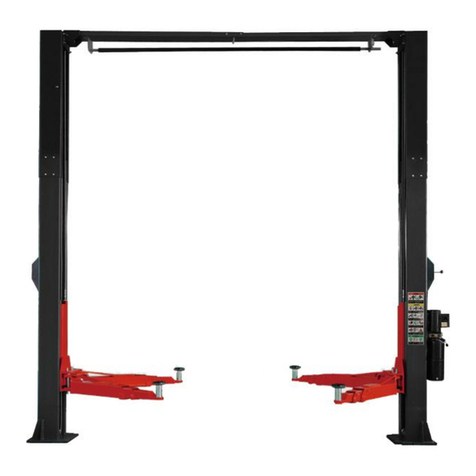Index
Chapter 1 General Information..................................................................................................4
1.1
Manual Keeping ...........................................................................................................4
1.2
Obligation in case of malfunction.................................................................................4
1.3
Cautions for the safety of the operator..........................................................................5
1.4
Warnings ......................................................................................................................5
Chapter 2 Product Identification..............................................................................................6
2.1
Warranty.......................................................................................................................6
2.2
Technical Service.........................................................................................................6
Chapter 3 Packing, Transport and Storage...........................................................................7
3.1 Packing..........................................................................................................................7
3.2 Lifting and Handling.....................................................................................................7
3.3 Storage and Stacking of the Package ............................................................................7
3.4 Delivery and check of packages....................................................................................7
Chapter 4 Product Description.................................................................................................8
Chapter 5 Technical Specification...........................................................................................9
5.1 Technical Data................................................................................................................9
5.2 Lift Dimension Rough Drawing.....................................................................................9
5.3 Hydraulic Drawing.......................................................................................................11
5.4 Electrical Drawing (380V/400V-3Ph) .........................................................................12
5.5 Wiring Diagram............................................................................................................13
5.6 Pneumatic Drawing......................................................................................................15
Chapter 6 Safety.........................................................................................................................16
6.1 General Warnings.......................................................................................................16
6.2 Risk for the people .....................................................................................................16
6.3 Personnel Crushing Risks...........................................................................................16
6.4 Risk of the Vehicle falling from the lift.....................................................................17
6.5 Slipping Risk..............................................................................................................17
6.6 Electrocution Risk......................................................................................................17
6.7 Risk Resulting from improper lighting ......................................................................17
6.8 Risk of breaking component during operation...........................................................17
6.9 Risk for unauthorized uses.........................................................................................18
6.10 Risk during vehicle lifting and working.....................................................................18
Chapter 7 Installation................................................................................................................19
7.1 Tools for installation ..................................................................................................19
7.2 Checking for room suitability ....................................................................................19
7.3 Lighting......................................................................................................................19
7.4 Installation surface .....................................................................................................19
7.5 Site Layout .................................................................................................................19
7.6 Installation of runways and transverse beans.............................................................20
7.7 Steel Cable Routing Plan (Very Important)...............................................................21
7.8 Installation of safety Lock..........................................................................................23
7.9 Installation of the columns.........................................................................................24
7.10 Anchoring the columns ..............................................................................................24
7.11 Hydraulic system connection......................................................................................25
7.12 Installation of Jack......................................................................................................25
7.13 Pneumatic system connection ....................................................................................26
7.14 Make the electrical hookup to the power unit............................................................26
7.15 Start up .......................................................................................................................26
7.16 Check and adjustment ................................................................................................27
7.17 Limit switch installation.............................................................................................27
7.18 Accessories Installation..............................................................................................28
7.19 Check with load..........................................................................................................28
Chapter 8 Operation and Use..................................................................................................29




















